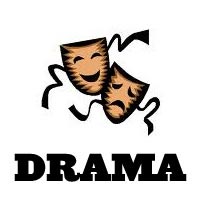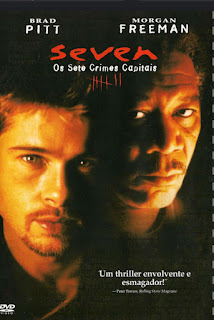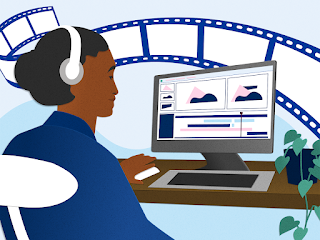Genre Research: Drama
Common CAMS: Close-up shots are commonly found in the drama genre as they illuminate the subject and show emotion in the characters' faces. Over-the-shoulder shots have the same effect as they show how the characters feel. Extreme close-up shots also add suspense to a film. High angles can make the characters look minuscule, highlighting the conflicts they encounter.
Common CLAMPS: Heavy and dramatic makeup is often used in this genre, as it elucidates the drama portrayed. The settings typically used in the drama genre are generally bold and easy to see. The lighting is usually dark with some highlights on specific subjects to create focus on certain people or things.
Common editing: Fade-in and fade-out transitions are frequently used as they create a feeling of conflict and suspense by elongating the scenes. Also, jump cuts create the same effect by doing the opposite, quickly ending previous scenes and beginning new scenes to create a sense of unfinished business.
Common sound: The dialogue of drama films typically creates a conflictual tone. This is because the lines may display an argument between two characters. Furthermore, diegetic sounds like gasps create a dramatic mood, and non-diegetic sounds like sound effects also add to this mood.
Examples of films of the drama genre: Titanic, Dear Evan Hansen, and Wonder.
Elements of the genre I like: I would use close-ups and extreme close-ups in my film as well as dramatic makeup.
Elements I do not like: I would not use fade-in or fade-out as they do not appeal to me as much as the other types of editing techniques.




Comments
Post a Comment